Udaipur
Let’s create the historical content for Udaipur, following the style of the previous city histories.
The City of Lakes: A Deep Dive into Udaipur’s Royal History
Udaipur, famously known as the “City of Lakes” and the “Venice of the East,” is a breathtaking spectacle of shimmering waters, majestic palaces, and verdant hills. It stands as a testament to Rajput chivalry, architectural brilliance, and a strategic defiance against historical adversaries. Its story is one of resilience, beauty, and unwavering pride.
The Foundation: Maharana Udai Singh II and the Birth of Udaipur (16th Century)
The origins of Udaipur are steeped in a period of intense conflict and the strategic foresight of its founder. The Mewar kingdom, ruled by the Sisodia clan of Rajputs, had its capital at Chittorgarh, a formidable hill fort that had repeatedly faced devastating sieges from invading forces, most notably from the Mughals.
In 1559 AD, Maharana Udai Singh II (ruled 1537-1572 AD), recognizing the vulnerability of Chittorgarh and seeking a more secure and aesthetically pleasing location, decided to establish a new capital. Legend has it that he was guided by a hermit he met while hunting in the Aravalli hills, who advised him to build his capital at the spot overlooking Lake Pichola.
Maharana Udai Singh II laid the foundation of Udaipur on the banks of Lake Pichola, choosing a location strategically protected by the surrounding hills and offering access to water resources. The city quickly grew around the newly constructed City Palace, which stands majestically on the lake’s eastern bank. This move proved crucial, as Chittorgarh was sacked by the Mughal Emperor Akbar in 1568, underscoring the wisdom of relocating the capital.
The Golden Era: Resilience, Grandeur, and Arts (17th – 18th Centuries)
Despite ongoing conflicts with the Mughal Empire, Udaipur flourished under successive Maharana’s, who championed the construction of magnificent palaces, temples, and lakes, solidifying its identity as a city of unparalleled beauty.
- Maharana Jagat Singh I (1628-1652 AD): He made significant additions to the City Palace and constructed the beautiful Jag Mandir palace on an island in Lake Pichola, serving as a pleasure palace and a refuge.
- Maharana Raj Singh I (1652-1680 AD): A fierce opponent of Mughal expansion, he also contributed significantly to the city’s infrastructure and patronized arts. He built the Rajsamand Lake and the beautiful Jagdish Temple, an impressive example of Indo-Aryan architecture, adorned with intricate sculptures.
- Architectural Masterpieces: The City Palace complex continued to grow, becoming a sprawling edifice of interconnected palaces, courtyards, gardens, and temples, showcasing a blend of Rajput, Mughal, and European architectural styles. The iconic Lake Palace (Jag Niwas), now a luxury hotel, was built as a summer palace in the 18th century by Maharana Jagat Singh II, seemingly floating on the waters of Lake Pichola.
The British Era and Modern Transformation (19th – 20th Centuries)
In 1818, Udaipur, like other Rajput states, entered into a subsidiary alliance with the British East India Company, becoming a princely state under the British Raj. This period brought a degree of stability and saw gradual modernization.
- Infrastructure Development: While preserving its historical essence, Udaipur saw the development of roads, communication networks, and administrative reforms under British influence.
- Preservation of Heritage: The focus remained on maintaining the city’s unique aesthetic and rich heritage, attracting travelers and intellectuals from across the globe.
Independence and Beyond (Post-1947)
Upon India’s independence in 1947, the princely state of Udaipur acceded to the Indian Union, eventually becoming an integral part of the state of Rajasthan. The royal family continues to hold a significant cultural presence, actively involved in heritage preservation, promotion of arts, and hospitality ventures.
Today, Udaipur stands as one of India’s most romantic and captivating cities. Its serene lakes, grand palaces, vibrant markets, and the majestic Aravalli hills provide a timeless allure. It’s a city where history is not just preserved in monuments but lives on in its daily rhythms, reflecting the enduring legacy of the Sisodia Rajputs.
- Destination Udaipur
- How to Reach Airport / Railway Station / Bus Stand
- Included Food Hotel Stay
- Not Included Monumental Charges
Tour Plan
Palaces & Lakes
Gardens & Temples
Culture, Art & Craft
Tour Location
Location info
Reaching Udaipur: Your Journey to the City of Lakes Udaipur, often called the "City of Lakes" or "Venice of the East," is a romantic and picturesque destination in Rajasthan. It's well-connected to India's major metropolitan centers, making your travel planning convenient. Aadesh Venture can assist with comfortable and reliable taxi services for local transfers and tours upon your arrival.
How to Reach Udaipur from Metro Cities: 1. From Delhi (National Capital Region):
Distance: Approximately 660-700 km. Transport Mediums: By Flight: The fastest way. Regular direct flights are available from Delhi's Indira Gandhi International Airport (DEL) to Udaipur's Maharana Pratap Airport (UDR). Flight duration is around 1 hour 15 minutes. By Train: Several direct trains connect Delhi to Udaipur. Journey time varies from 10 to 12 hours, often with comfortable overnight options. By Road: A long but manageable drive, taking approximately 11-13 hours. You can hire a private taxi from Aadesh Venture for a comfortable journey, or opt for a bus. 2. From Mumbai (Financial Capital):
Distance: Approximately 750-800 km. Transport Mediums: By Flight: Direct flights from Mumbai's Chhatrapati Shivaji Maharaj International Airport (BOM) to Udaipur Airport (UDR) are frequently available. Flight duration is typically around 1 hour 30 minutes. By Train: Several direct trains connect Mumbai to Udaipur. This is a popular overnight option, with journey times ranging from 12 to 15 hours. By Road: A long drive, generally taking about 12-14 hours by private taxi. 3. From Jaipur (Rajasthan's Capital):
Distance: Approximately 390-420 km. Transport Mediums: By Road: A very popular and scenic route, taking around 6-7 hours by car. Aadesh Venture offers excellent taxi services for this route, perfect for a comfortable road trip or direct transfer. By Train: Regular train services connect Jaipur to Udaipur. Journey time is usually 7-8 hours. By Flight: Short direct flights are sometimes available, taking around 1 hour. 4. From Jodhpur (Another Major Rajasthan City):
Distance: Approximately 250-280 km. Transport Mediums: By Road: This is a very common and comfortable route, taking around 4.5-5 hours by car. Aadesh Venture's taxi service is ideal for this scenic drive. By Train: Direct train connections are available, with journey times typically 4.5-6 hours. By Flight: No direct flights for this relatively short distance; road or rail are more practical. Upon Arrival in Udaipur:
Once you arrive at Udaipur's Maharana Pratap Airport (UDR) or Udaipur City Railway Station, Aadesh Venture's reliable taxi services with experienced local drivers are ready to pick you up. Enjoy a hassle-free transfer directly to your hotel or begin your romantic sightseeing tour of the City of Lakes.
Contact Aadesh Venture to arrange your comfortable transfers and local tours for your unforgettable Udaipur experience!

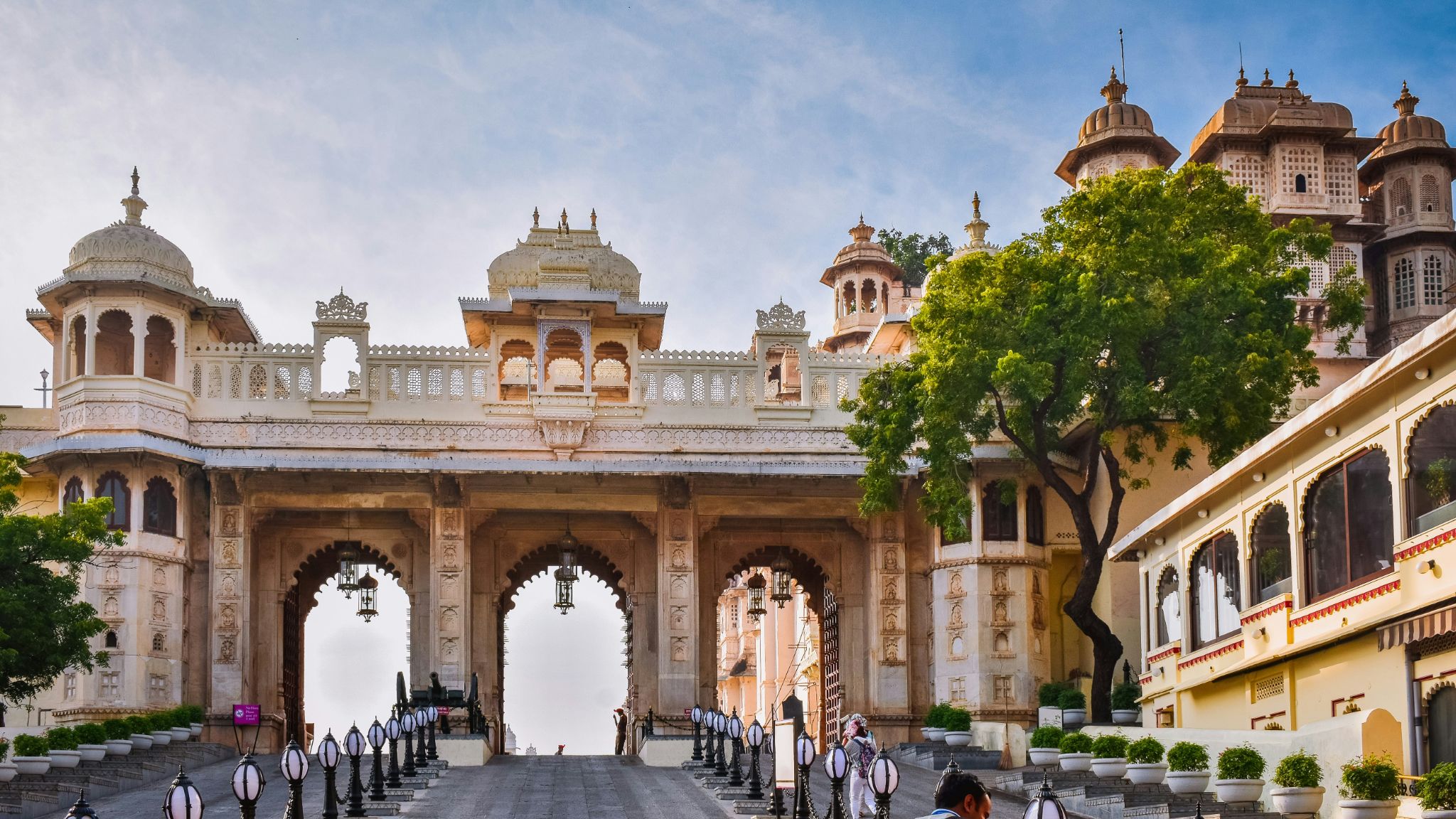
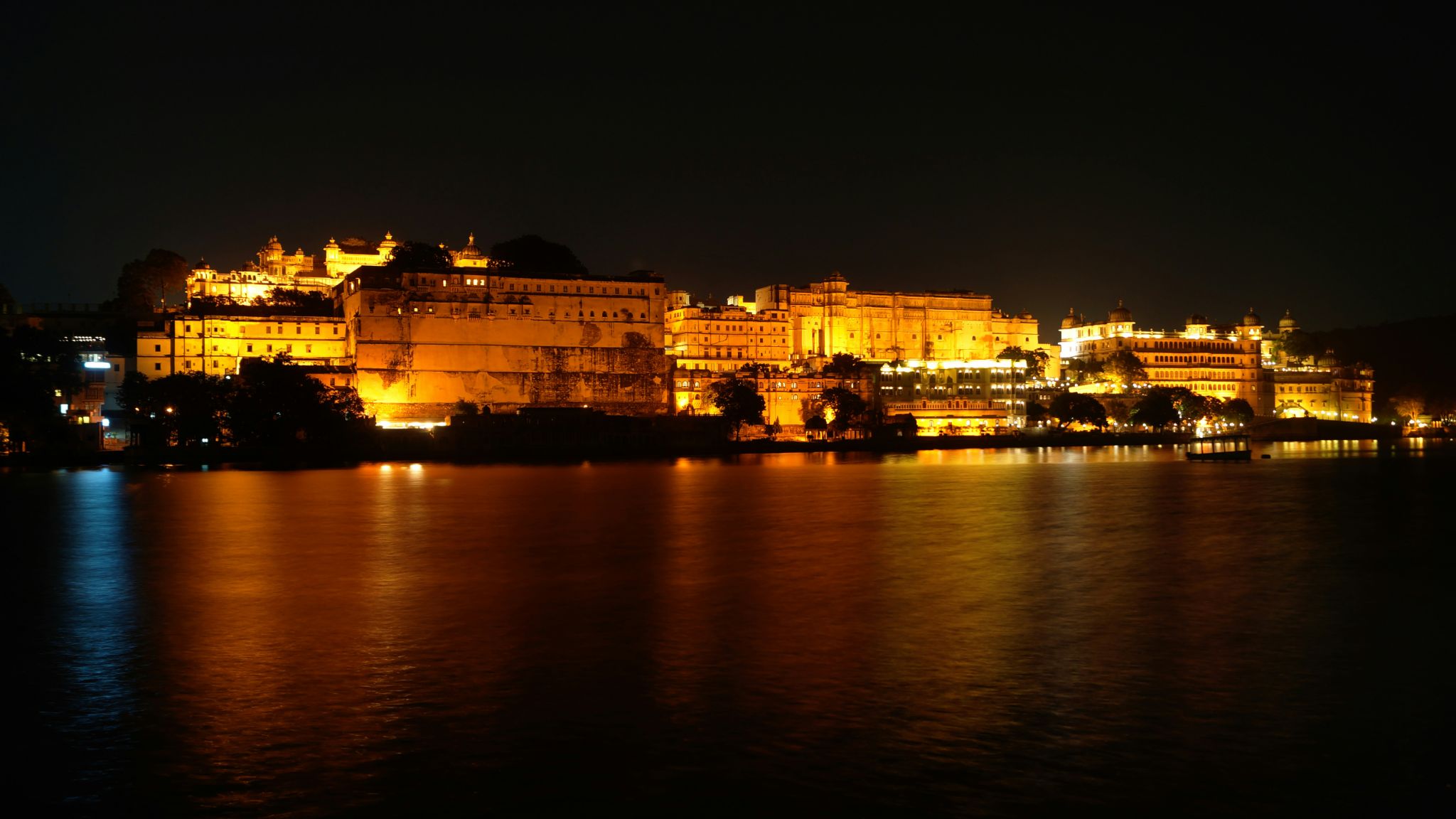
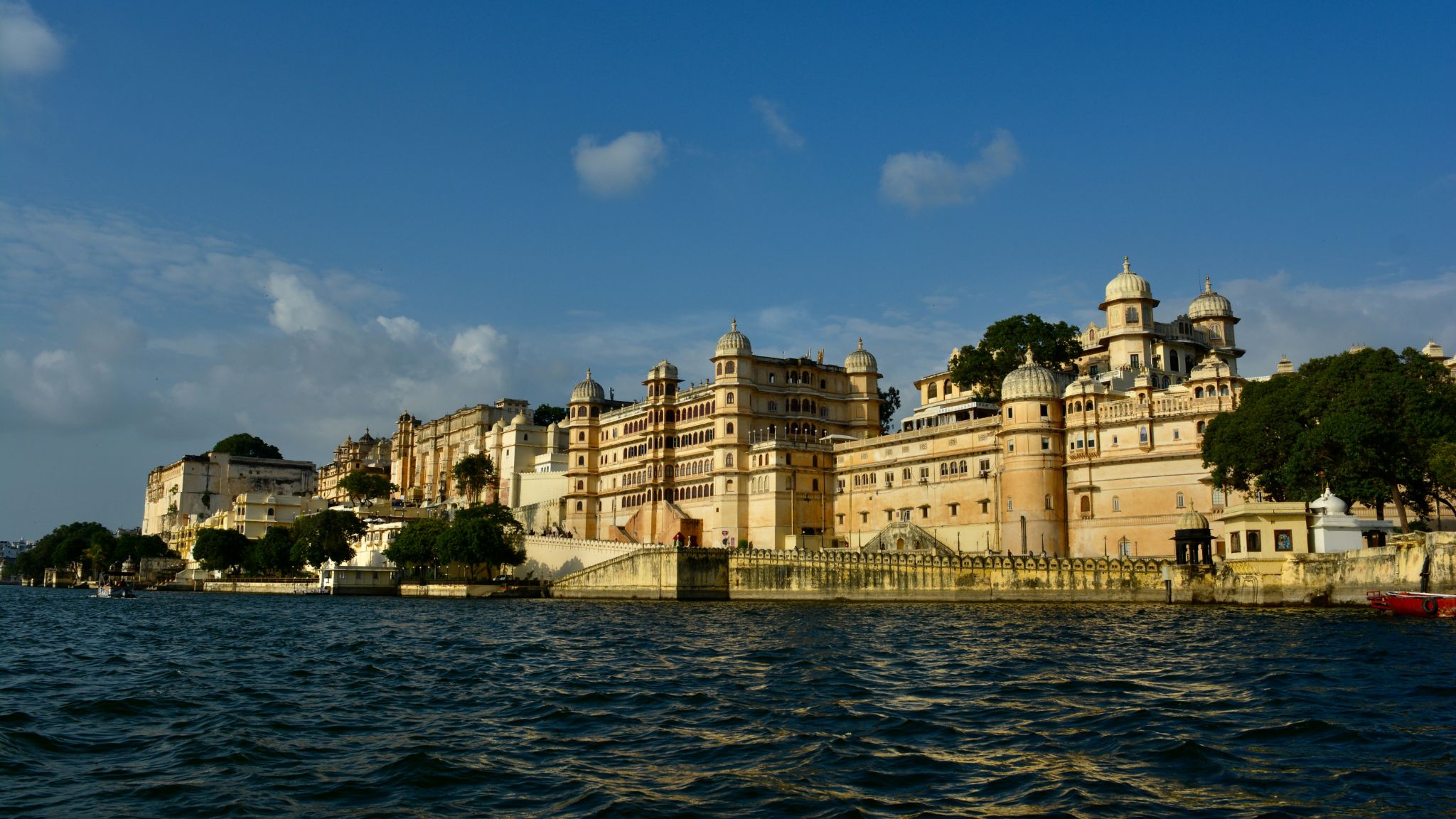
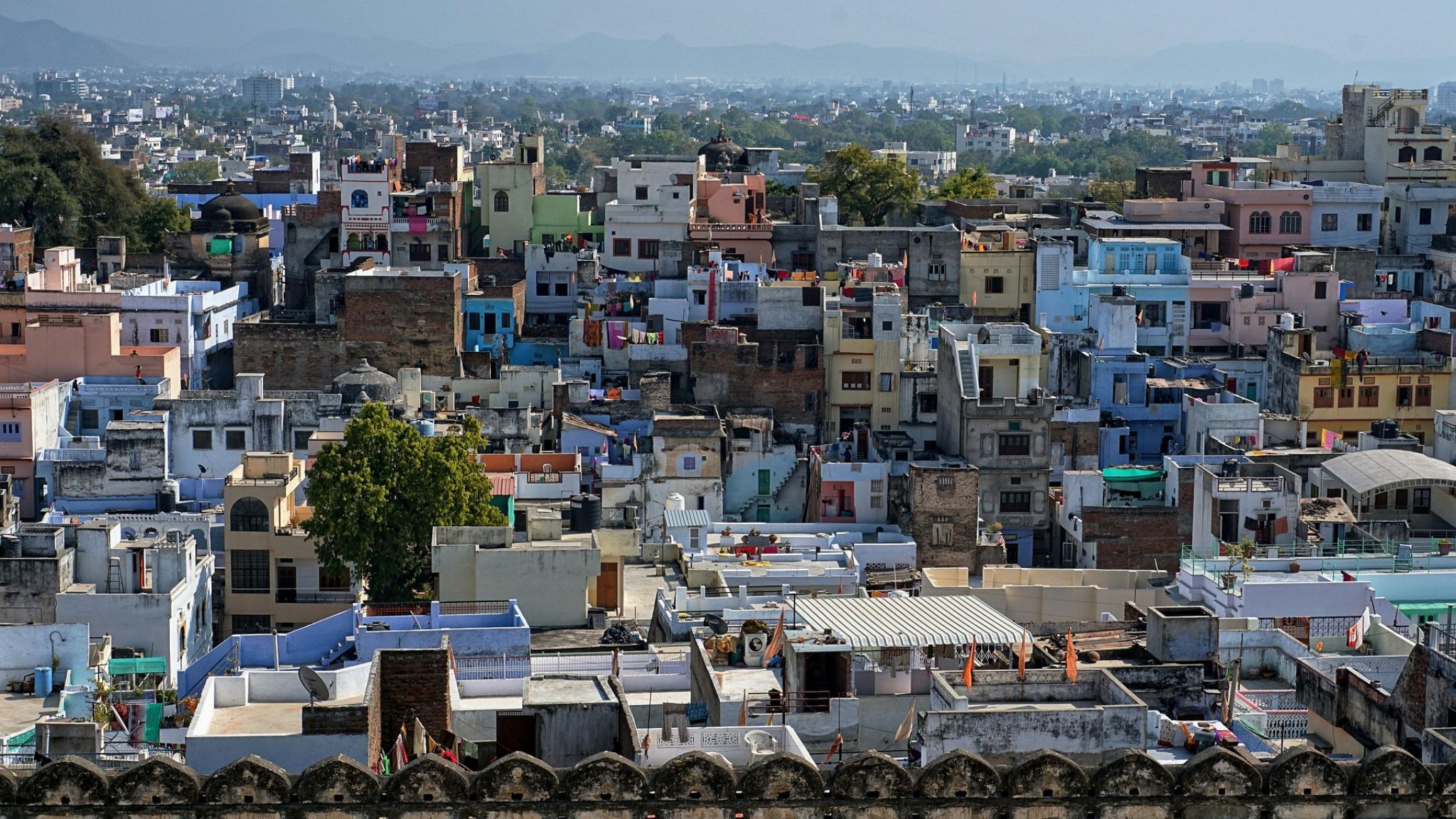
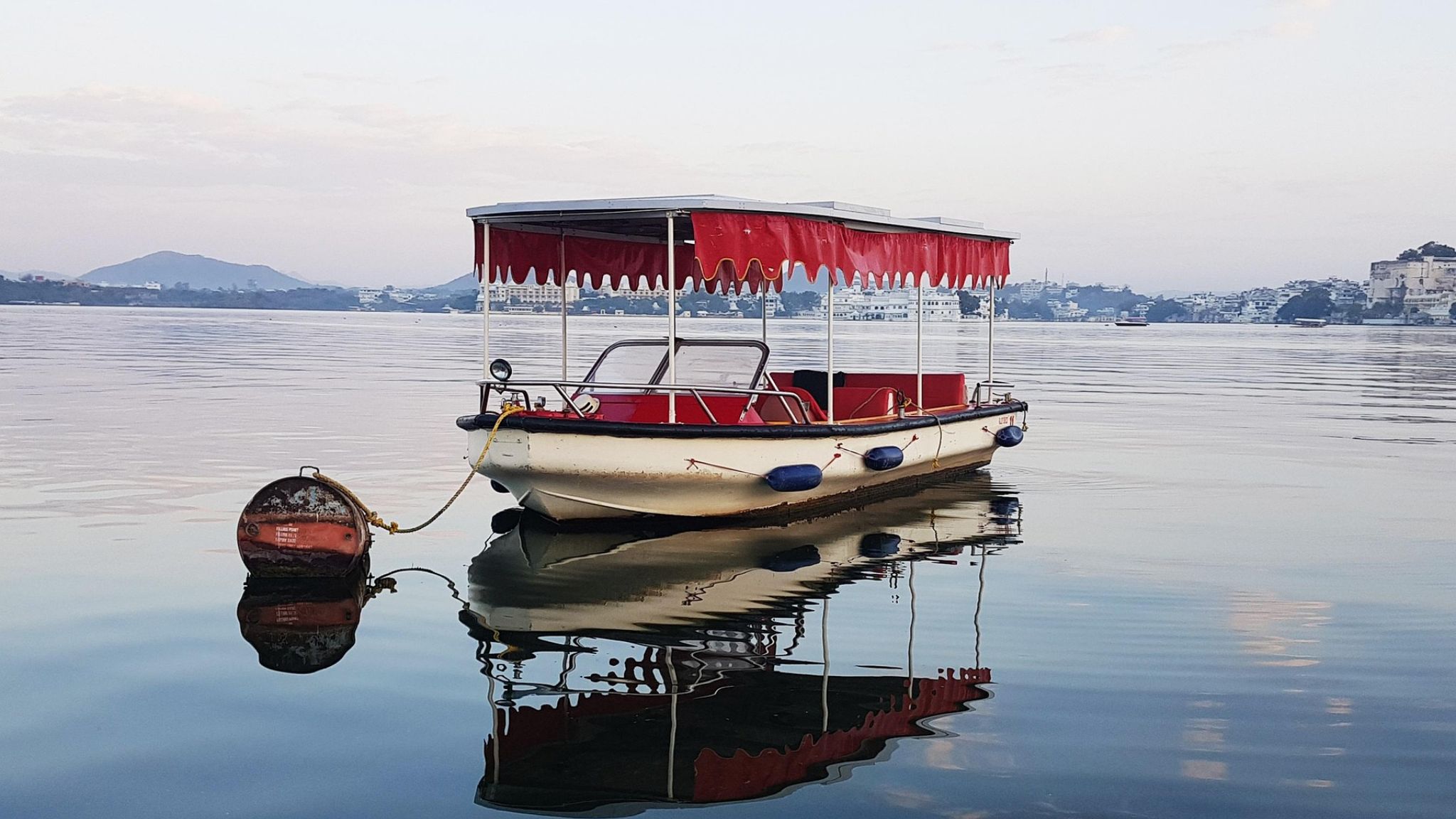
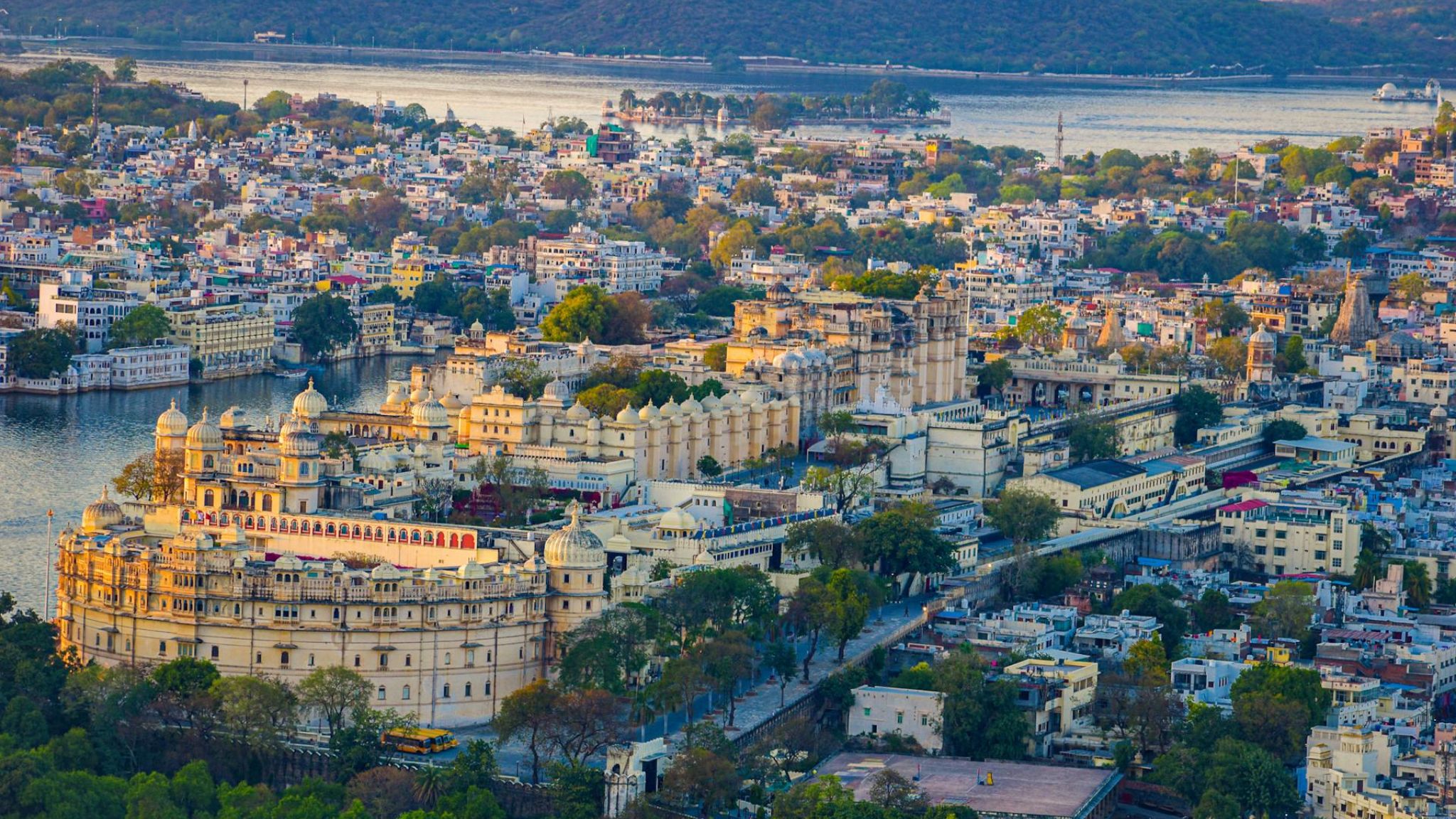
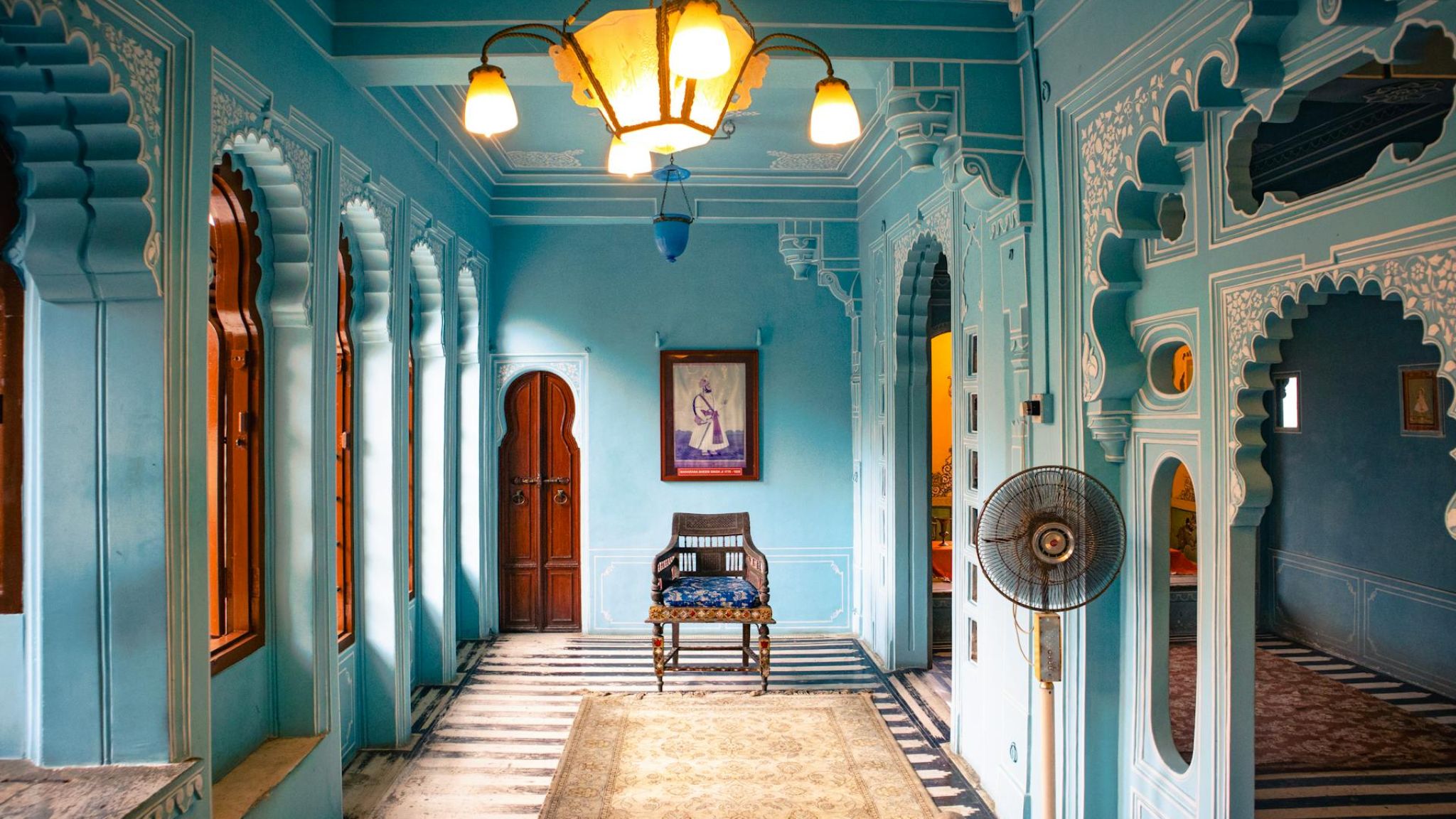
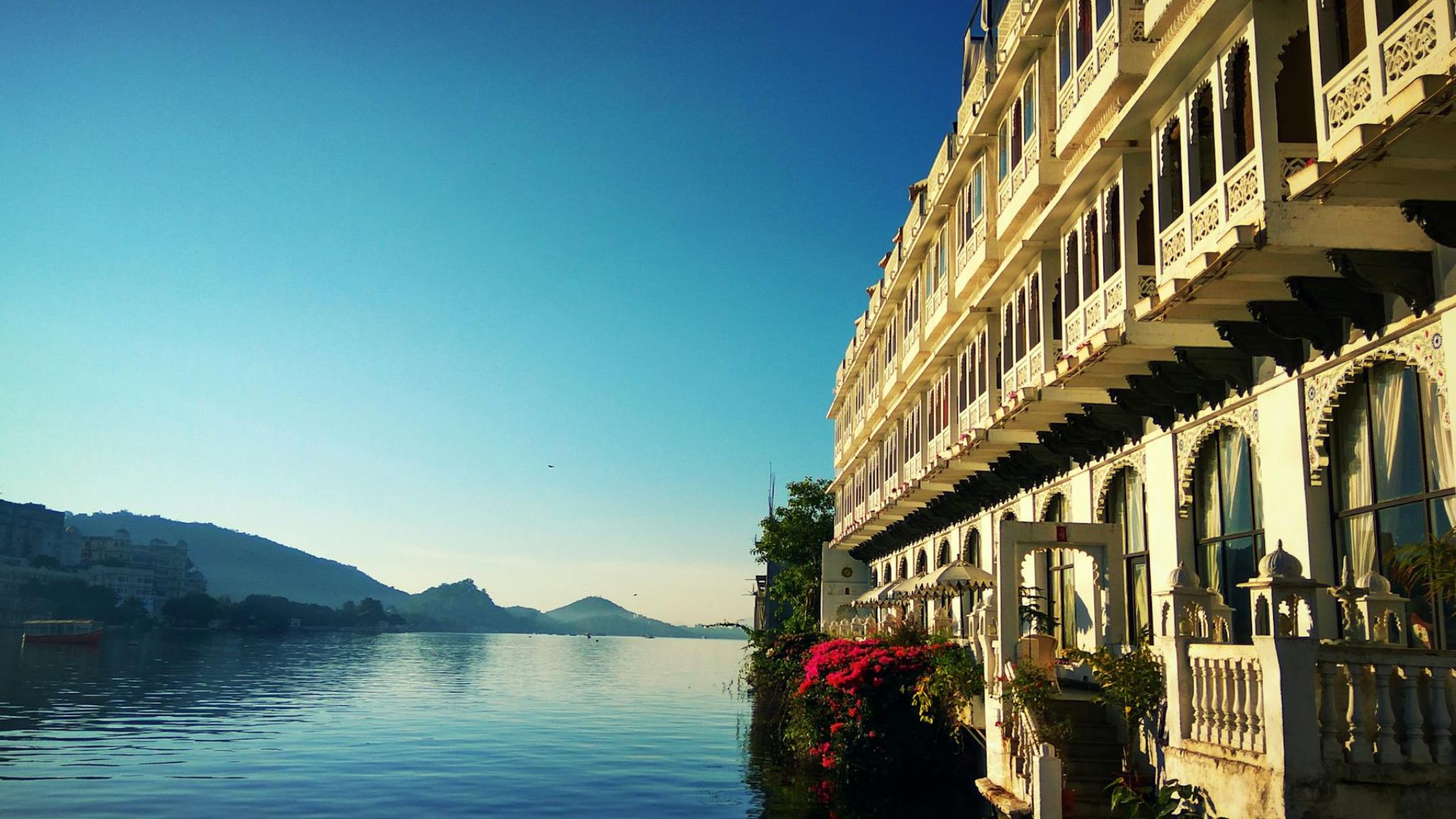
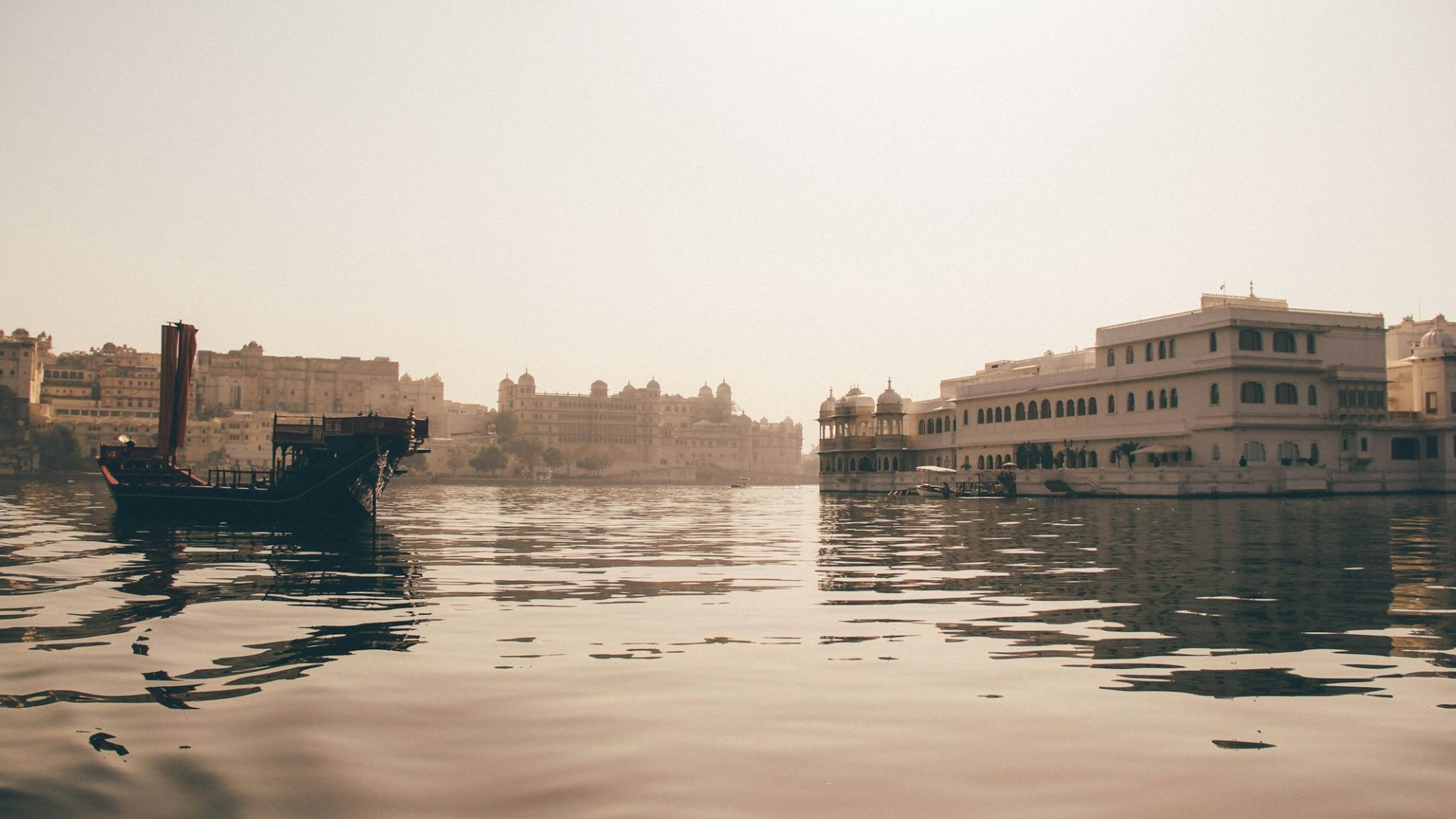
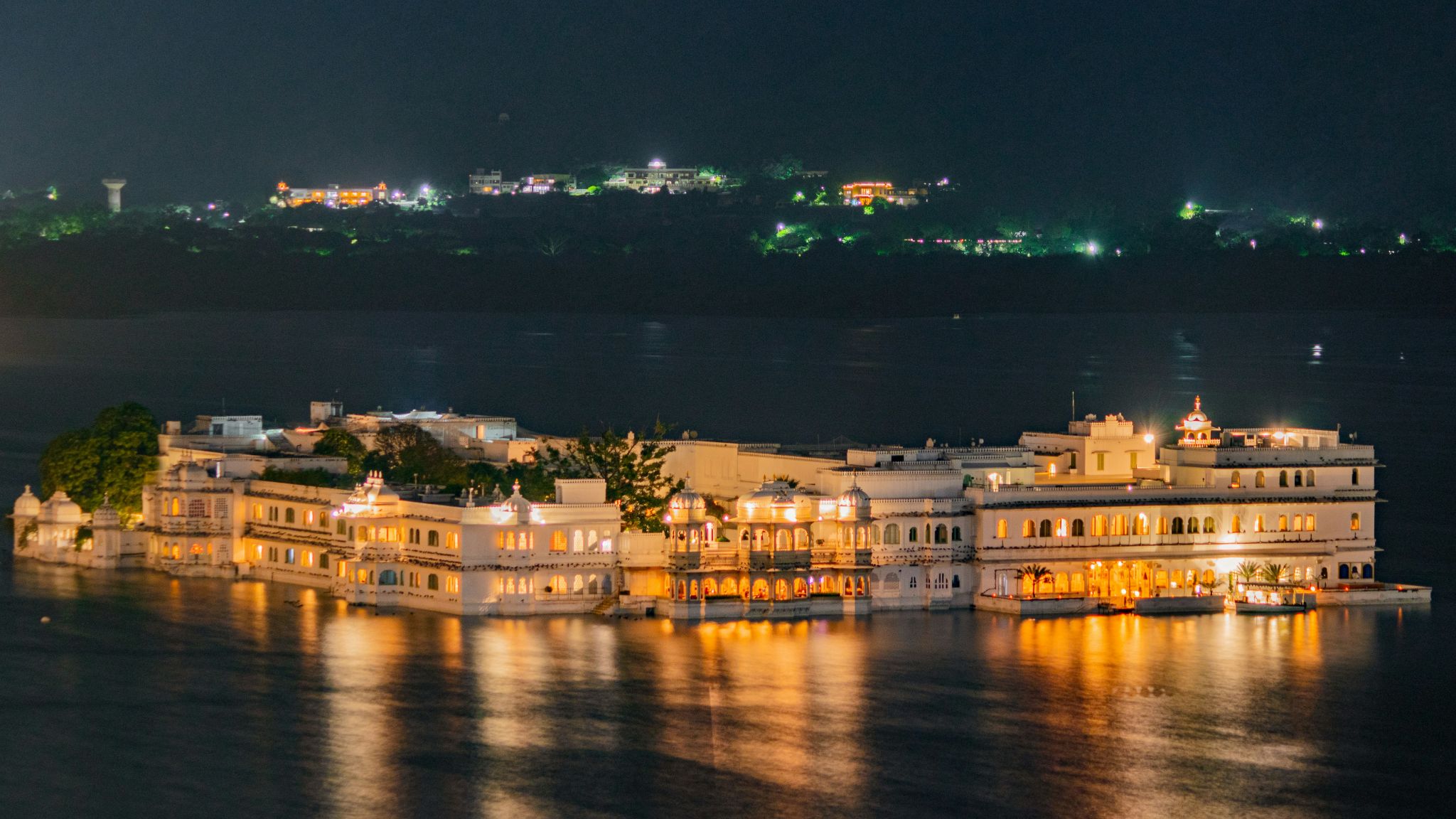
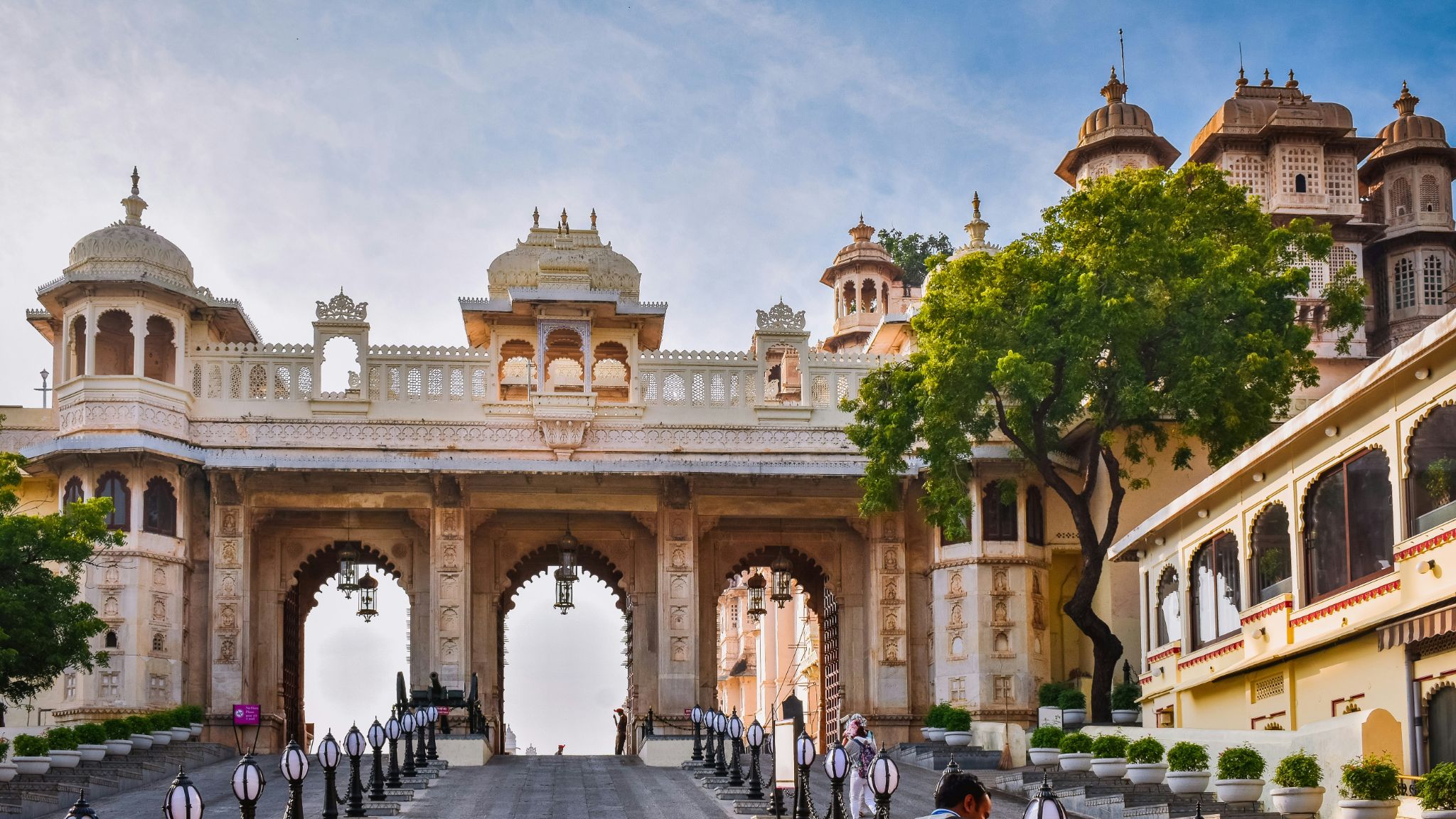
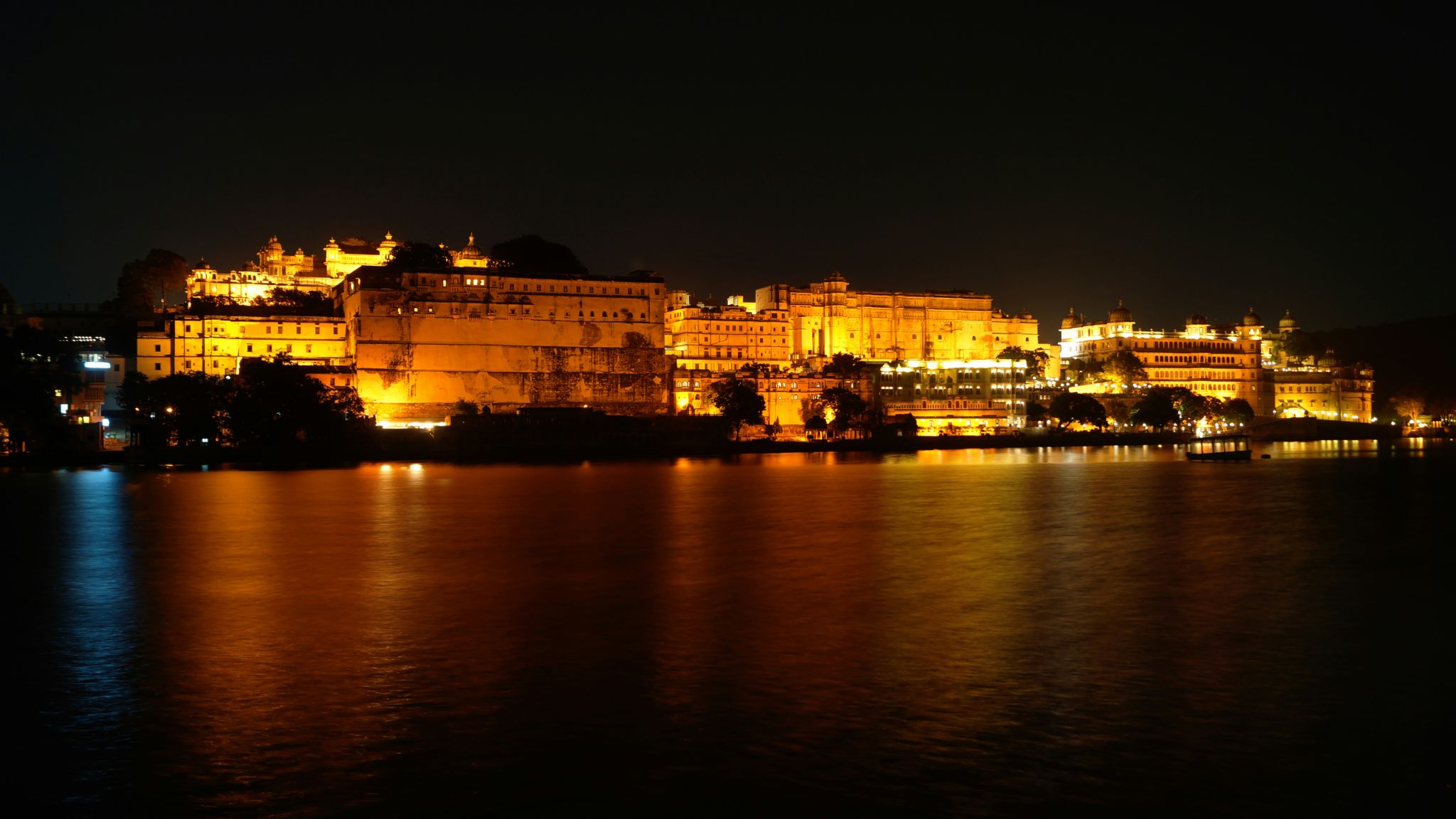

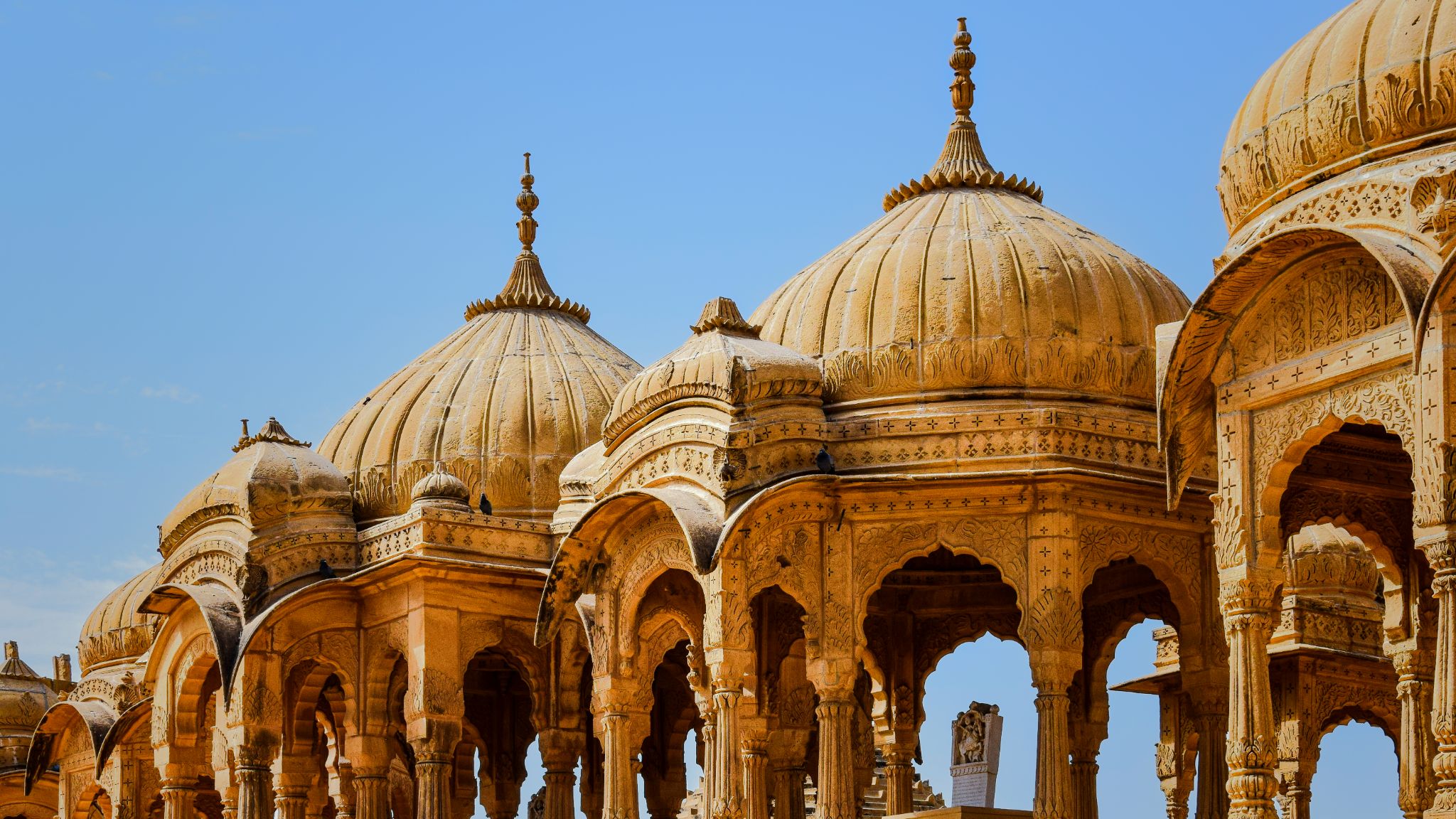
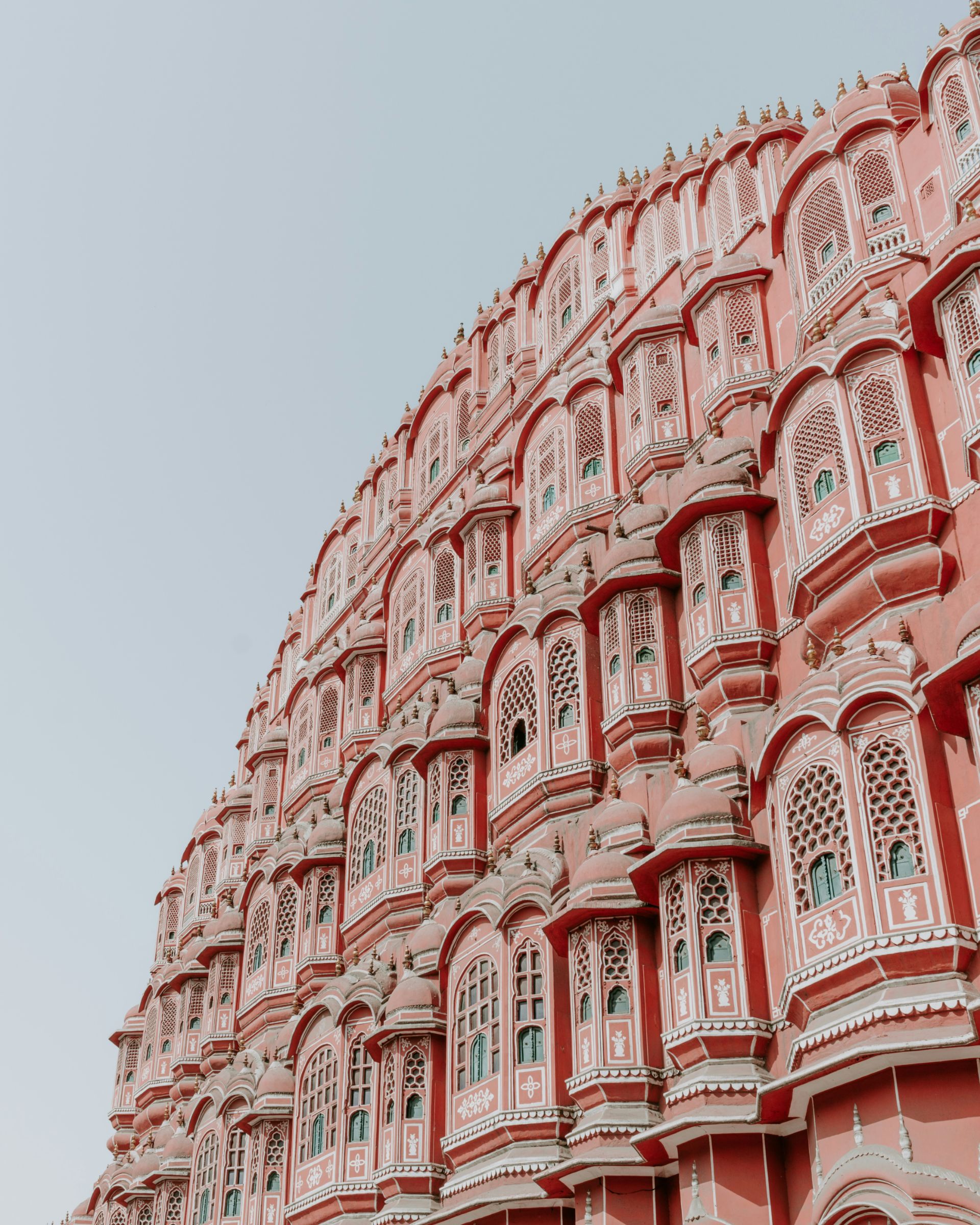


Leave a Reply